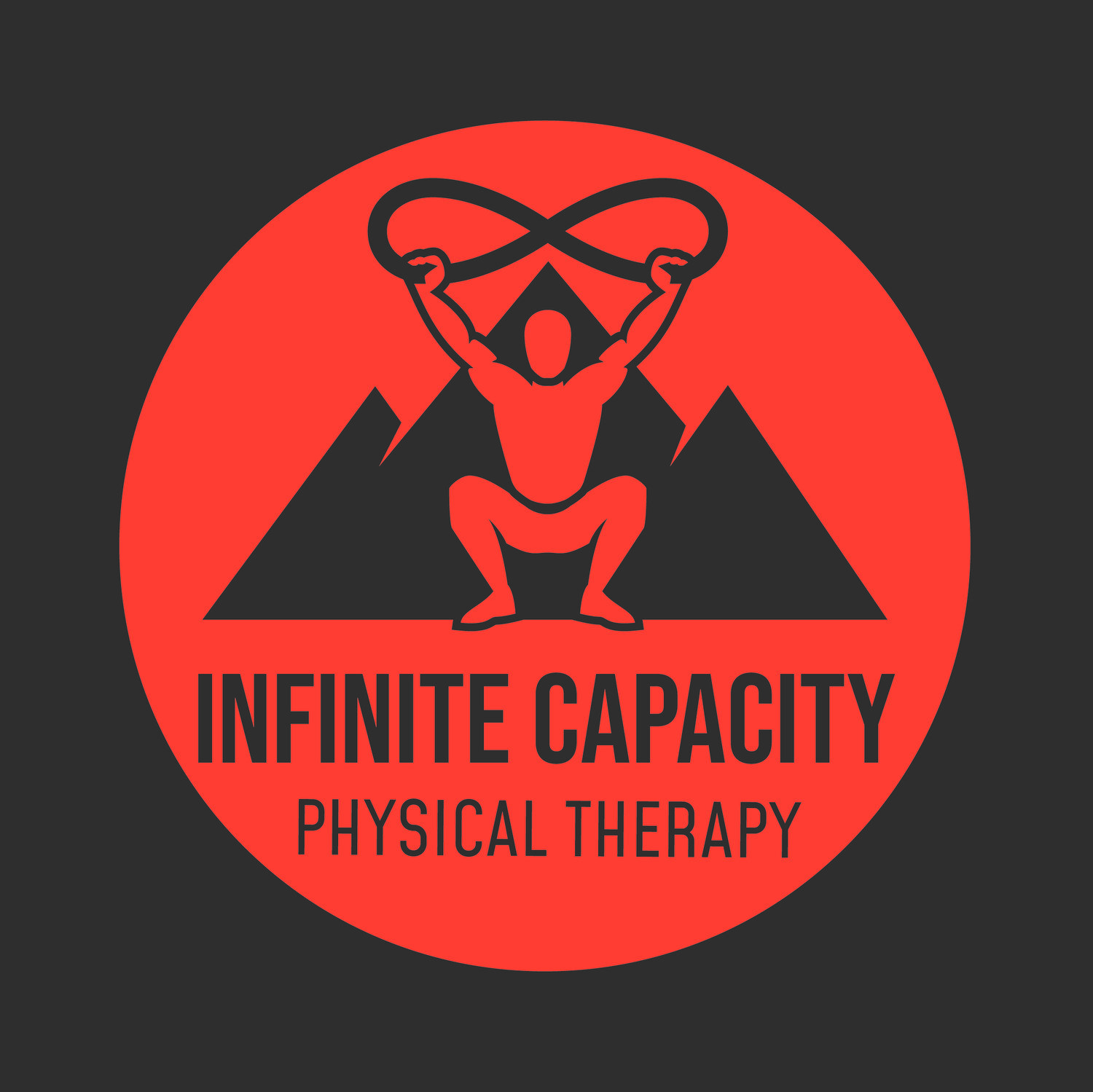LATERAL ELBOW TENDINITIS (“Tennis Elbow”)
Tendinopathy is the medical term encompassing both tendinitis and tendinosis, both of which involve inflammation of a muscle’s tendon, resulting in pain, weakness, and potentially tendon degeneration.(1)
The most common cause of tendinopathy is thought to be overuse, specifically during activities known as “high-jerk”.(1,2) Jerk involves high rates of acceleration, placing high loads across a tendon, and are commonly thought of as plyometric type movements.(2) These types of activities in the elbow can include swinging a tennis racket, carpentry, painting, weight lifting, or any activity with repeated movements into wrist extension and gripping.
“The goal of any intervention to treat tendinopathy is to increase the content of directionality oriented collagen and the density of cross-links within the protein to increase the tensile strength of the tendon.”(1) Think of this like spaghetti… pathologic tendon is more like cooked spaghetti, somewhat of a jumbled mess, and not very strong. The goal of treating the tendon, is to make the spaghetti go back to the way it was originally in the box… straight, packed tightly together, and strong.
The best way to achieve this is through specifically loading the tissue, allowing them to gradually positively adapt. Tendons respond to loading similarly to muscles, resulting in increased collagen synthesis, making the tendons stronger.(2) For this reason, loading is the evidence-based first line treatment of choice for tendinopathies. And it is recommended that more invasive treatment methods such as injections and surgery should be reserved for select cases “only after a sufficiently long course (12 months) of evidence-based loading exercise has failed”.(1)
References
1. Challoumas D, Clifford C, Kirwan P, Millar NL. How does surgery compare to sham surgery or physiotherapy as a treatment for tendinopathy? A systematic review of randomised trials. BMJ Open Sport Exerc Med. 2019 Apr 24;5(1):e000528. doi: 10.1136/bmjsem-2019-000528. PMID: 31191975; PMCID: PMC6539146.
2. Close GL, Sale C, Baar K, Bermon S. Nutrition for the Prevention and Treatment of Injuries in Track and Field Athletes. Int J Sport Nutr Exerc Metab. 2019 Mar 1;29(2):189-197. doi: 10.1123/ijsnem.2018-0290. Epub 2019 Mar 8. PMID: 30676133.
3. Silbernagel KG, Crossley KM. A Proposed Return-to-Sport Program for Patients With Midportion Achilles Tendinopathy: Rationale and Implementation. J Orthop Sports Phys Ther. 2015 Nov;45(11):876-86. doi: 10.2519/jospt.2015.5885. Epub 2015 Sep 21. PMID: 26390272.
